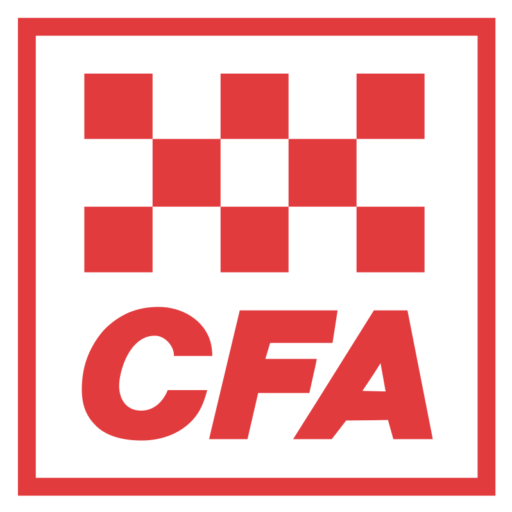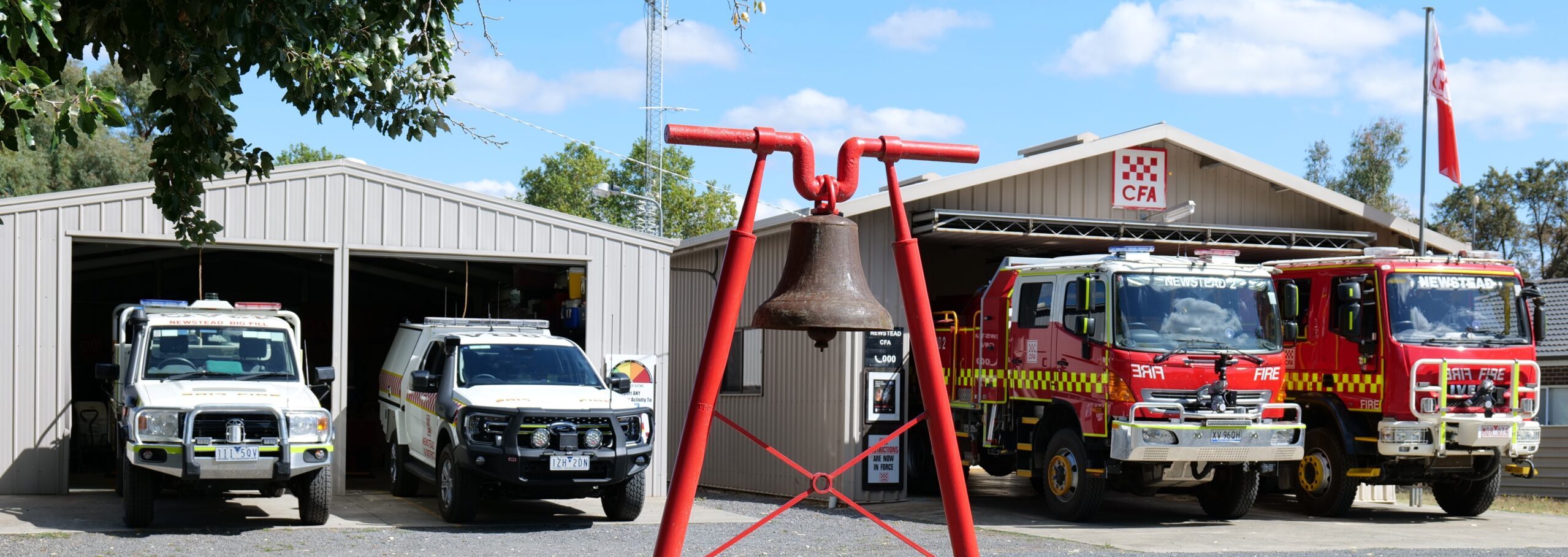Sirens policy launched
CFA brigade sirens and fixed public sirens could be made available to alert communities about all emergency incidents including bushfires, storms and floods under a policy launched by the Victorian Government.
Deputy Premier and Minister for Police and Emergency Services, Peter Ryan announced the policy along-side Fire Services Commissioner Craig Lapsley, CFA CEO Mick Bourke, Deputy Chief Officer Steve Warrington and Captain David Mustey at Maiden Gully Fire Station.
The policy,Use of Sirens for Brigade and Community Alerting, has been developed by Victorias Fire Services Commissioner with CFA and the Office of the Emergency Services Commissioner.
Mr Ryan said it significantly built on recommendation 4.7 of the Bushfires Royal Commission Interim Report which stated: ??The Office of the Emergency Services Commissioner and the CFA develop guidelines for the use of sirens in communities that decide to use a siren as part of their response to bushfires.
The Victorian Coalition Government has gone a step further than the Bushfires Royal Commission recommendation by adopting an all-hazards and all-emergencies approacharound the use of sirens, Mr Ryan said.
This policy, which will be in place prior to the next bushfire season, will add value to Victorias existing network of 600 community and CFA sirens which are currently under-utilised. It provides an additional tool for emergency services to practically and effectively warn people about impending danger.
Under the Policy, if a siren is activated, the sound will indicate one of two scenarios:
- A short, 90-second signal will indicate a CFA Brigade has responded to an emergency incident nearby(alerting fire brigade members to attend emergency callouts); or
- A prolonged, five-minute signal will indicate a current emergency has been identified in the local area and people should seek further information.
The policy gives clear guidelines for the use of CFA sirens for the purpose of alerting the community. Previously, sirens were intended only to call volunteer firefighters to attend an emergency call out.
In areas where CFA sirens exist but are no longer used or have been decommissioned, and there was demonstrated support for a siren in a community, residents could work with their local CFA brigade to use them as a warning tool.
Brigades in nominated locations will be consulted about their implementation and brigade sirens will continue to be managed and operated by CFA.
CFA CEO Mick Bourke said the policy would give CFA brigades and members certainty around their use as a community warning tool.
The Bushfires Royal Commission made it clear alerting and informing the community during an emergency was just as important as responding to it. The gives CFA brigades, with the support of their community, another tool to help protect their community, Mr Bourke said.
Mr Ryan said sirens would not be suitable for all communities and that they were not a standalone warning system but part of a suite of tools the emergency services could use to communicate with the public.
A siren is a signal for individuals to seek more information about an emergency incident but it will not tell you what type of emergency has occurred or transmit specific details about an incident, Mr Ryan said.
Emergency services use a range of channels to provide warnings and alerts to communities, including Victorias emergency broadcasters, the CFA and SES websites, as well the Victorian Bushfire Information Line on 1800 240 667
For more information please visitwww.firecommissioner.vic.gov.au

